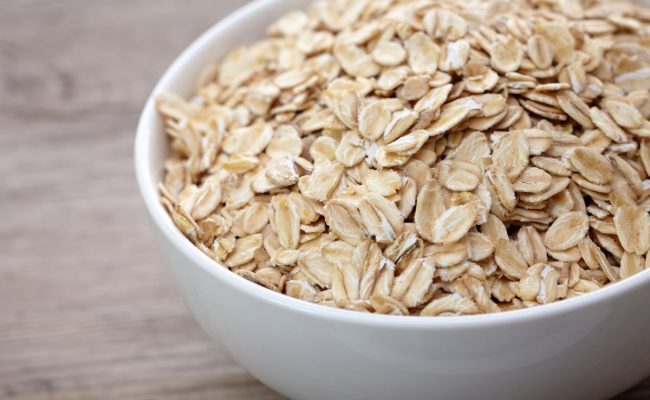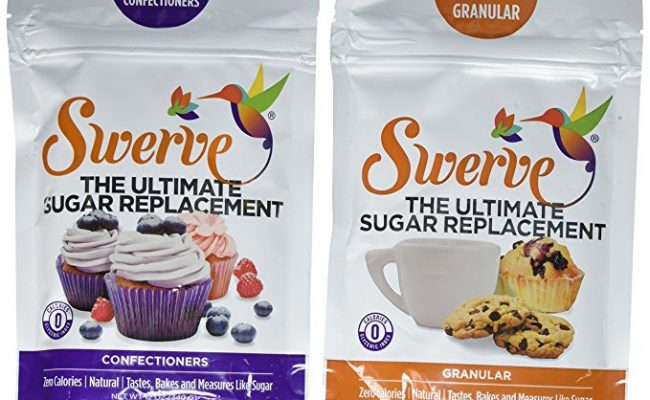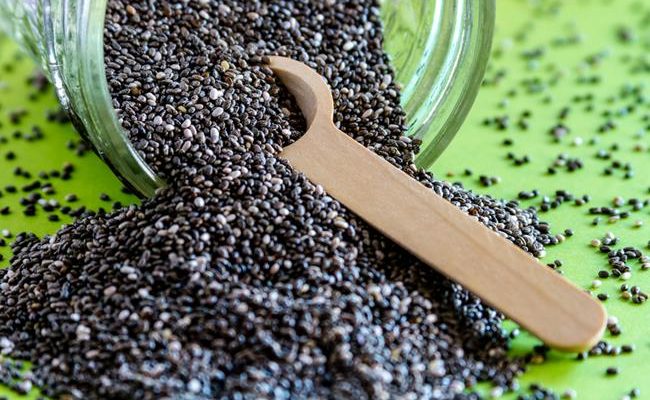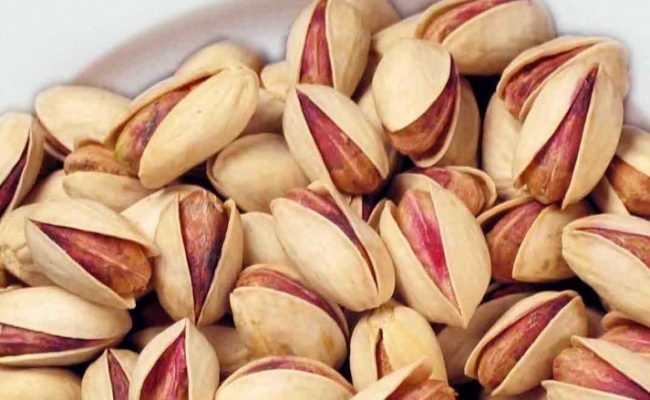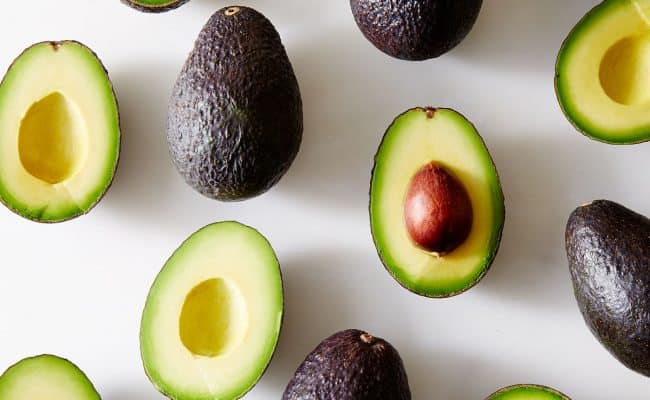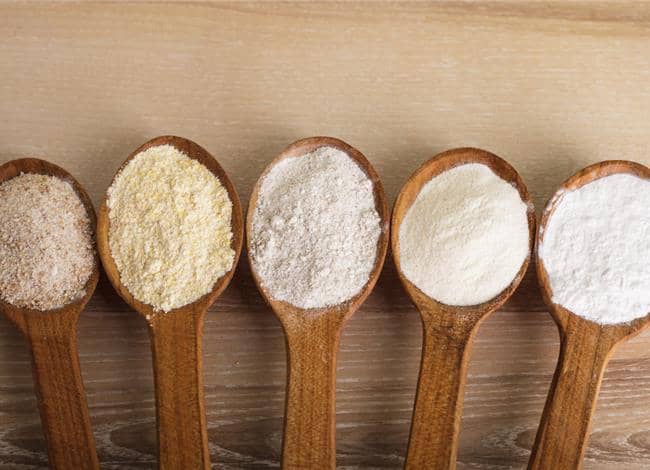
Enriched flour can be another name for all purpose flour, or better known as white flour. A lot of people prefer the taste and texture of white flour products: white bread, cookies, doughnuts and many packaged cereals and other snacks. White flour is stripped of many natural nutrients, but they are enriched with some vitamins and minerals that have been lost on the process.
The USDA recommends eating at least half of all grain products as whole grain. Enriched flour is not considered a whole grain and should be limited in quantity in your normal diet.
Here are some reasons why enriched flour may not be the best choice.
What is enriched flour?
Grains are composed of three parts: the germ, endosperm and bran layer. Foods made with white flour just use the starchy endosperm part of a grain. The germ and bran layer are stripped away during the processing part of making enriched flour.
The germ layer and bran layer contain all the vitamins, minerals and fiber of a grain plant. Therefore, by removing these sections you are missing out on many valuable nutrients.
What’s missing
The germ layer of a grain contains fiber, vitamin E, B vitamins and phytochemicals, and the germ layer can also contain oils. The germ is what will be new seed to form a new plant. The bran layer contains most of the fiber from grains and also contains B vitamins and antioxidants.
The fiber from the bran layer is considered insoluble fiber. Insoluble fiber is important for keeping the digestive tract healthy, and eating adequate amounts of insoluble fiber may help lower risk for colon polyp formation.
The endosperm layer is kept intact during processing, but there are not many nutrients in the endosperm layer. Some nutrients are added back into the white flour missing from the germ and bran layer, but all nutrients are not replaced. Fiber is still missing along with most of the phytochemicals that were naturally in the germ and bran layer.
What’s added
The term enriched means something is added back in that was taken out. Fortified foods means something is added that is not normally there, like adding vitamin D to orange juice. The FDA requires a certain level of B vitamins and iron to be added back into enriched flour.
A pound of enriched white flour has to contain 2.9 mg of thiamin, 1.8 mg of riboflavin, 24 milligrams of niacin, 0.7 mg folic acid and 20 mg of iron. Sometimes enriched flour also has calcium added to it.
Is it bad for you?
A quarter cup of enriched flour provides about 110 calories, 24 grams of carbohydrates, 1 gram of fiber, 3 grams of protein and is a source of B vitamins and iron. The calories from enriched flour are primarily carbohydrates that are digested and absorbed quickly which can spike blood sugar.
White bread has a high glycemic index meaning it increases blood sugar to a high extent. If the flour had the germ and bran layer, there would be a higher fiber content meaning the carbohydrates wouldn’t be absorbed as quickly.
Whole grains offer more fiber and a slower glucose from digestion meaning it won’t spike blood sugar quickly and then come crashing down. The constant cycle of spiking and crashing blood sugar can happen from eating foods constantly high in sugar or refined carbohydrates, like enriched flour.
Indulging yourself now and then with a sweet made from enriched flour can have a place in a healthy diet. However, enriched flour shouldn’t make up the bulk of your grain intake or total calories.
Alternatives
Instead of using enriched white flour, use whole grain flours instead. Choose whole grain breads or pastas that have whole grain listed as the first ingredient.
If you are baking, try substituting half of the flour amount for whole grain version. Substituting enriched flour for whole grain can be done, but sometimes the desired texture and consistency is negatively affected.
Try non-traditional whole grain flours such as buckwheat, almond flour or oat flour for diversified whole grain intake.
If someone has a gluten intolerance or sensitivity, consuming enriched flour will have a negative impact. Gluten intolerance symptoms can vary, but common symptoms include gastrointestinal distress, headache or fatigue after eating.
Conclusion
Enriched flour is made when the bran and germ layer are stripped away from the endosperm. The starchy, white endosperm is left to make white flour. The endosperm is void of nutrients, so part of the processing is adding nutrients that were stripped away like B vitamins and iron.
While this is a benefit these nutrients are added back in, many others are not such as fiber and phytochemicals. Enriched flour is primarily composed of carbohydrates that are broken down fairly quickly and can spike blood sugar and insulin levels.
Enriched flour can be part of a healthy diet if it is used in moderation and not as a constant staple. Instead of relying on enriched flour, try substituting whole grain flours for part or all of enriched flour in recipes. Look for whole grain ingredients near the top of the list for breads and pastas.
References used in this article
